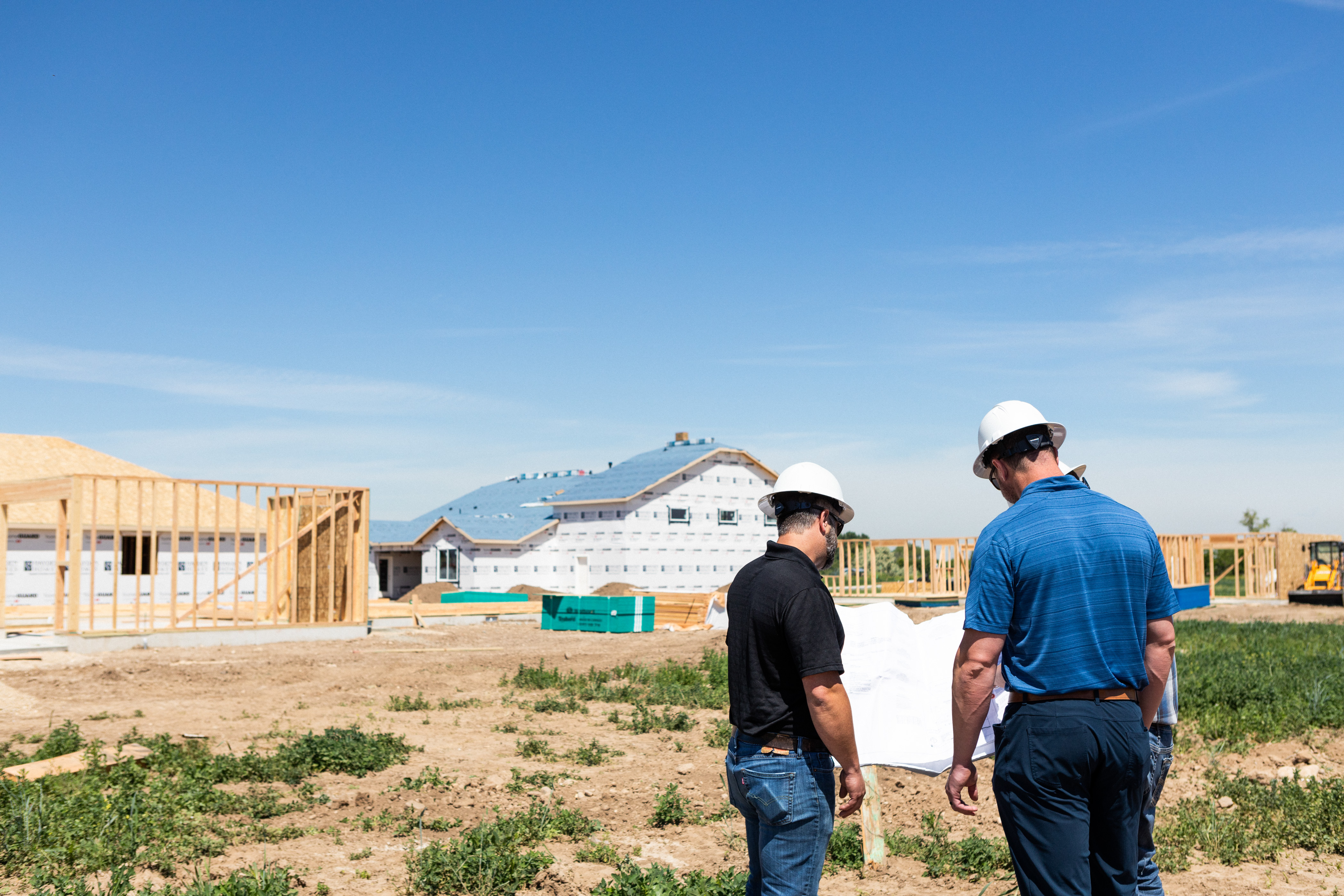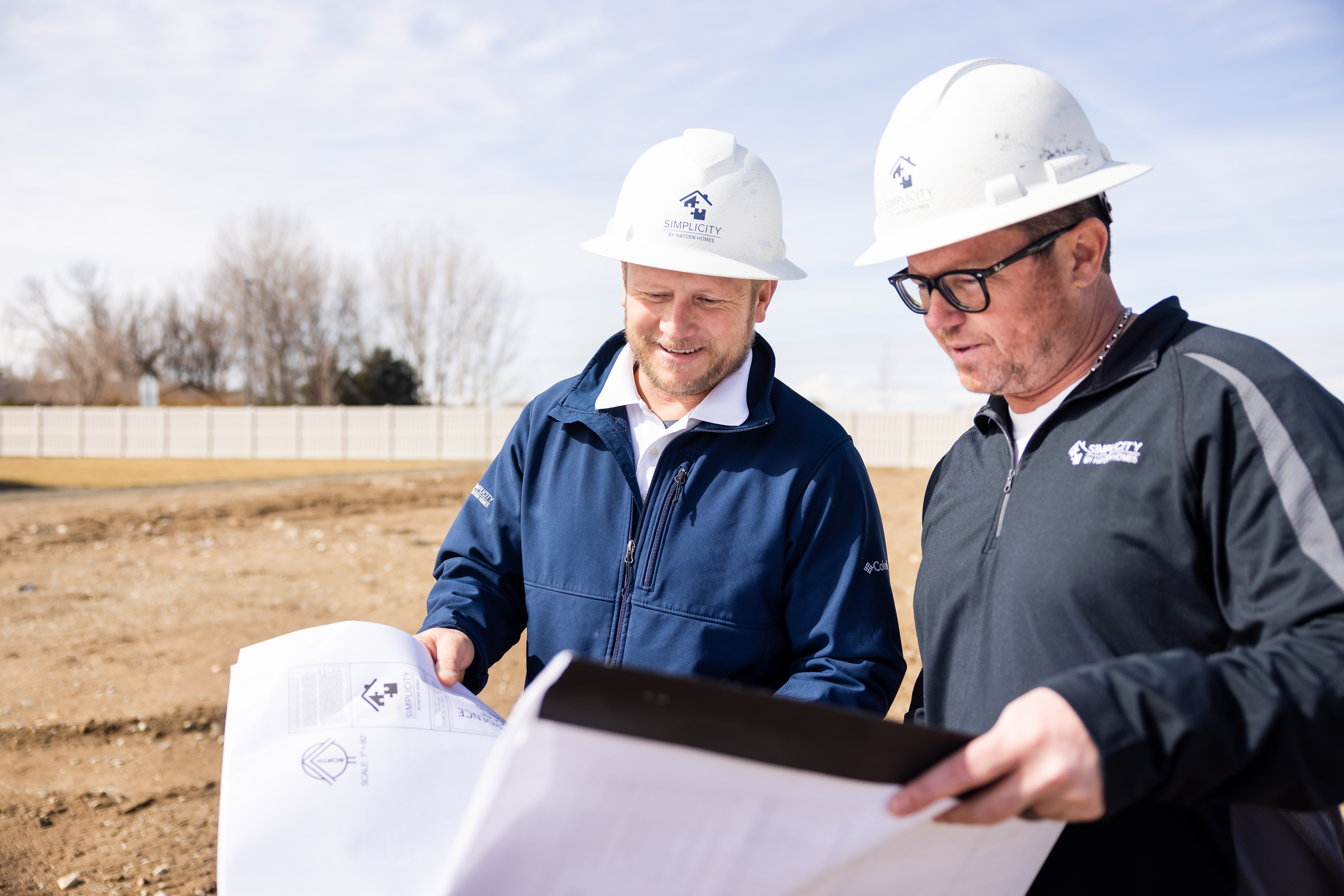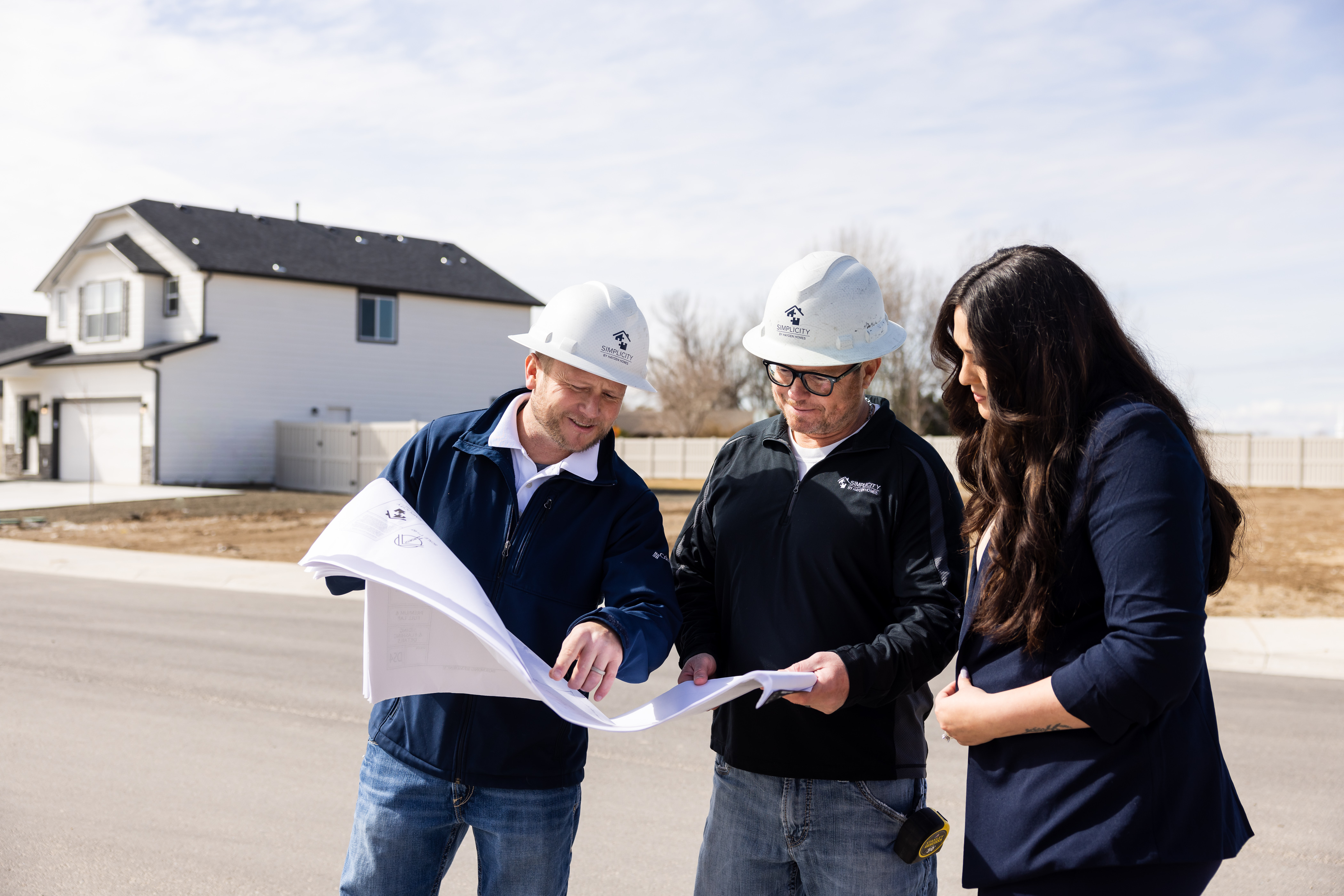
For many, the idea of building a new home from the ground up is the ultimate realization of the American Dream. But just as the foundation of a home is crucial to its structural integrity, the land on which it is built is equally important. Buying land isn’t as straightforward as buying an existing home, and for first-time home builders, the process can be confusing. There are several factors to consider, such as location, zoning restrictions, and environmental concerns. But don’t worry! This comprehensive guide will walk you through the steps necessary to navigate the land-buying process with confidence and make your dream home a reality.
Understanding the First Steps of Home Building
Why the Land Purchase is So Important
Buying land is usually the first step in the home-building process. It’s the literal groundwork on which your future dream home will stand. Unlike purchasing a pre-existing home, buying land requires different levels of due diligence and consideration. For those with a vision of designing and constructing their own home, the land acts as a canvas; its characteristics and location will influence every element of the building process.
Step 1: Research and Planning
Determining Your Budget and Financing Options
Your budget will dictate the size of the land and the quality of life you can afford to build upon it. It is important to establish a realistic budget early in the process. The cost of land will vary with factors such as location, and size. Besides purchasing the land and the cost of building the house, it is also wise to consider any additional costs like utilities or permits.
Look into potential financing options such as land loans, construction loans, or traditional mortgages. Keep in mind that financing for land can be more complex and expensive than for homes due to the higher risk for the lender.
Identifying the Location and Desired Features
Location is key in real estate, and even more so when it comes to building a home. Consider factors like proximity to schools, shopping centers, and your work, as well as the desirability of the neighborhood. Additionally, think about the features you want your land to have, such as size, view, and access to amenities like waterfronts or woodlands. If you need additional help, you can connect with a Simplicity New Home Advisor to receive professional tips on researching land and what to look for.
Understanding Zoning and Regulations
Before you fall in love with a plot of land, you must ensure that it’s suitable for residential living. Familiarize yourself with local zoning laws and building regulations that could affect the types of structures, their placement, and use of the land. You may need to obtain special permits depending on your plans, so knowing the local regulations is critical.
Step 2: Finding Suitable Land
Search Strategically
Use a variety of channels to search for the right property, including online listings, real estate agents specializing in land, and word of mouth. It’s also worth considering contacting local developers or attending land auctions. Be specific in your search criteria to save time and energy.
Partner with a Professional
A real estate agent experienced in land sales can be invaluable. They have local market knowledge, contractual expertise, and can help navigate complications that may arise. You might also want to solicit the help of a land-use attorney familiar with local building codes and regulations.
Evaluate Potential on Multiple Fronts
When you find a parcel that interests you, visit the site multiple times at different hours and in various weather conditions. Note access to and from the property, the slope or flatness of the land, the state of the soil, and the availability of utilities. You may also want to research the neighborhood and surrounding area to get a sense of what living there would be like.

Step 3: Evaluating Land Potential
Assess the Topography and Soil Conditions
The lay of the land can significantly impact the cost and complexity of construction. Steep hills may require extensive grading, while certain soil types may necessitate foundational support. Engage with a civil engineer or a local construction company to evaluate potential challenges and costs.
Consider Accessibility and Infrastructure
Accessibility to your land is crucial, not just for you but also for contractors and utility companies. Nearby infrastructure like roads, power lines, and water and sewage systems can save you time and money during construction. If they’re not readily available, consider the cost of connecting to these services.
Aligning Land with Home Design
The type of home you want to build should blend seamlessly with your land. For instance, if you dreamed of a home with a walkout basement, your land should be conducive to that design. Thus, having a rough home design in mind can help you make more informed decisions during the purchase.
Here are some additional things to keep in mind when evaluating your proposed homesite. Simplicity Homes offers a free homesite evaluation where we assess the property where you plan to build your dream home along with its potential impact on the building timeline and budget.
Step 4: Conducting Due Diligence
Obtain a Property Survey and Title Search
A survey will define the boundaries of the land and reveal any encroachments. The title search will confirm that the seller has the legal right to sell the land without any liens or restrictions that could hinder your use of the land.
Easements and Encumbrances
An easement allows another person or entity to use the land for a specific purpose. It’s crucial to understand any existing or potential easements on the land, as they could affect your ability to build or use the property as intended.
Environmental Concerns and Restrictions
Environmental restrictions may limit what you can do with the land or could pose cleanup costs. Additionally, you can research local plans for future development or projects that may impact your enjoyment of the land.

Step 5: Negotiating the Purchase
Determine Fair Market Value
Comparative market analysis is the best way to determine a fair market value for the land. Consider recent sales of comparable land with similar location, size, and features to inform your offer.
Crafting a Formal Offer
Working with your real estate agent, draft a formal offer that includes the purchase price, any contingencies (like the sale of your current home), and a proposed timeline for closing. It’s advisable to include an expiration date for the offer to create urgency.
The Art of Negotiation
Expect a counteroffer and be prepared to either accept, reject, or counter back. Understand that negotiations for land can be slower than homes, as there are usually fewer competitive buyers.
Step 6: Financing the Land Purchase
Explore Your Options
Multiple financing options exist for land purchases, each with its pros and cons. Conventional land loans typically require a higher down payment and have shorter terms and higher interest rates than traditional mortgages.
Land Loans vs. Construction Loans
A land loan is a simpler loan you can use to buy undeveloped land, while a construction loan can finance the land purchase and building costs. Both types of loans may require plans and contractor information upfront.
Financial Nitty-Gritty
Understand the down payment and interest rates for your loan, which will depend on your credit score, the loan type, and the lender. Negotiate the best terms you can, but be prepared for slightly higher rates and larger down payments for land purchases.
Simplicity Homes homebuyers have the option of working with our preferred lender.
Step 7: Closing the Deal
Seek Legal Counsel
Hiring an attorney to review the purchase agreement can protect you from unseen liabilities. Real estate attorneys can ensure the contract reflects your understanding and expectations and can help resolve issues that arise during the process.
Paperwork and Provisions
Between the offer and the closing, you’ll have a lot of paperwork to complete. You may also need to meet certain provisions in the purchase agreement, such as securing financing or completing a satisfactory environmental assessment.
Finalize the Purchase and Transfer Ownership
Closing typically involves signing a multitude of documents, including the settlement statement, deed, and mortgage note. Once all the paperwork is complete, the deed will be recorded with the local government, transferring ownership to you.
The journey to building a new home starts from the ground up, with the selection and purchase of the right land. By carefully researching, evaluating, and preparing, you can ensure that the land you buy will be the perfect starting point for your future home. Embrace the process with patience and a meticulous approach. Thorough understanding and adherence to the steps outlined in this guide will minimize risks and maximize benefits, putting you on the path to creating the home of your dreams. Remember that the key to a successful land purchase is knowledge—of your budget, the land, and the local laws and regulations that will impact your homeowner journey. With this guide in hand, you’re well on your way to starting one of the most significant projects of your life!
Build with Simplicity Homes
Found the perfect lot and ready to build your dream home? We hope you’ll consider Simplicity Homes! We offer a variety of home plans in Washington, Oregon, and Idaho. Contact us today to learn more about building your dream home on your land with us or to schedule your complimentary site visit and Homesite Evaluation.







